11 Tips to Ease Your Transition Into a Vegan Lifestyle.
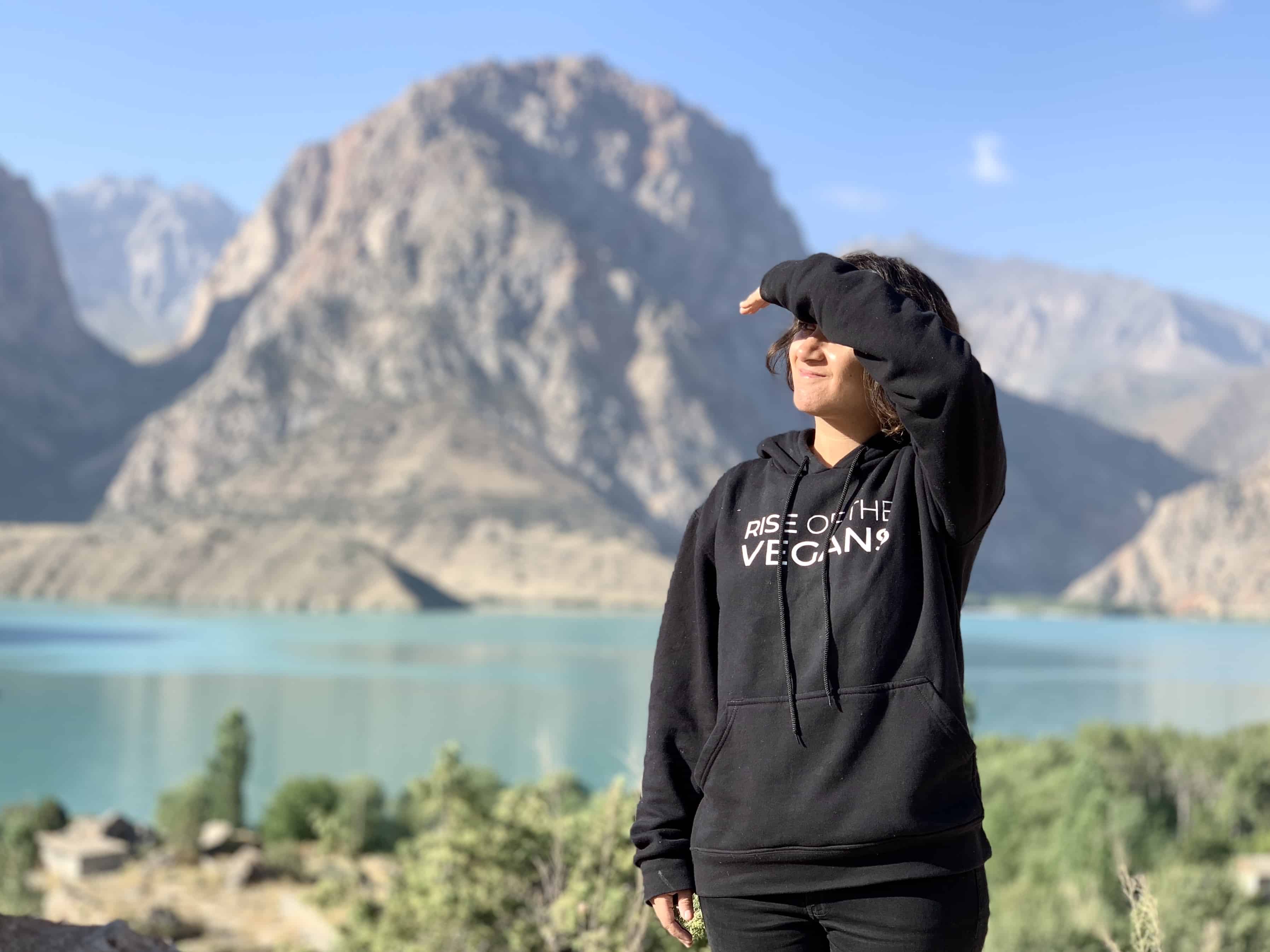
Back in August 2015, when I landed in Jordan to explore the country for a few weeks, I had been thinking seriously about how to go vegan. As a digital nomad, with no home to go back to, and no regular access to a kitchen, the idea sounded daunting. As someone who loved cheese and eggs, it seemed like a huge sacrifice. Despite being vegetarian for well over a decade, the transition felt scary.
But everything I had learnt about animal cruelty in the past few months tugged at my heart. Each time I spread butter on toast, or ate a piece of milk chocolate, I felt a pang of guilt. What was I really eating?
So I decided to set myself a deadline. When I left Jordan in September 2015, I’d completely cut out animal products from my diet and lifestyle. No matter the challenges, I’d figure out how to become vegan – and stay vegan.
- How to go vegan: What, why and where to begin
- How to become vegan, step by step
- 1. Figure out your motivation
- 2. Do your research
- 3. Figure out how to transition to a vegan lifestyle at your own pace
- 4. Ensure you follow a healthy vegan diet
- 5. Monitor your nutrition, especially Vitamin B12 and D3
- 6. Mentally prepare yourself to break the news to your family and friends
- 7. Connect with other vegans
- 8. Look up vegan-friendly cafes / restaurants in your location. Never underestimate a good vegan meal!
- 9. Learn to read the labels and figure out alternatives
- 10. Subscribe to inspiring vegan bloggers, Youtubers and Instagrammers
- 11. Share your journey and spread awareness
- 12. *Bonus* When the going gets tough, remember your reason for turning vegan
- Your questions on how to turn vegan
- How to go vegan on a budget?
- How to go vegan in college?
- How easy is it to go vegan?
- What is a beginner vegan foods list?
- How to go vegan when you love meat?
- What are the best vegan recipes for beginners?
- Does it help to take the 21 day vegan challenge?
- Should you follow a raw vegan diet?
- What is a typical vegan diet like?
- What are the advantages of being vegan?
- Have you ever considered turning vegan? What are your major challenges?
How to go vegan: What, why and where to begin
What is a vegan diet / lifestyle anyway?
Veganism is simply the idea of making conscious and compassionate food and lifestyle choices, that cause the least harm to animals.
What do vegans eat
Vegans eat everything that is made from plants. Most basic foods – vegetables, fruits, herbs, rice, flour, lentils, legumes, pasta – are vegan. It’s super easy to make plant-based alternatives to dairy products at home. And these days, many supermarkets or specialty stores carry soy milk, oat milk, cashew cheese, peanut curd, tofu and even vegan ghee!
What not to eat as a vegan
In an attempt to minimize animal cruelty, vegans refrain from consuming any animal products, including meat, seafood, dairy (milk, butter, cheese, ghee, paneer, yoghurt, curd), eggs and honey. Veganism also extends to lifestyle products like leather, silk, wool, down feather and beeswax.
Why go vegan?
Compassion towards animals was and is my primary motivation to follow a vegan lifestyle. I deeply believe that hens, cows, goats, sheep, pigs, birds, bees and all other living beings on earth deserve to live their full lives, outside of cages, interact naturally with their species and bring up their young ones without humans meddling with their pregnancies and life cycles.
Along the way, I’ve also learnt about the environmental and health benefits of veganism. Transitioning to a vegan diet and lifestyle is one of the best individual choices we can make in the fight against climate change.
How to start being vegan?
That depends on you. I’ve connected with plenty of vegans and everyone’s journey has been different. Some turned vegan overnight. Some took months, even a year, to fully embrace the change.
Based on my experience and that of a few friends, I’ve tried to address some pressing questions in this guide: How to begin your journey, stay motivated, mentally prepare to deal with family and friends, eat healthy, travel and connect with other vegans.
How to become vegan, step by step
1. Figure out your motivation
Veganism is a choice that stares you in the face every single day. Every meal, every visit to the supermarket, every time you buy something, wherever you travel. People often ask me how I stay vegan, especially since I’m always on the road and often reliant on others to feed me.
Over the years, I’ve realised that the only way to stay committed is to figure out your strongest motivation.
For me, the primary motivation is animal suffering. The moment I visualise the pain inflicted on animals so I can consume that little bit of meat, milk, cheese or ghee, I know I don’t want to contribute to it.
You might feel the same way for animals. Or about the environment; the global carbon emissions of raising livestock for food is 14.5% – that’s more than the entire transport sector. Or your own health.
Among my friends, Bhavna Kapoor turned vegan when it helped her deal with some debilitating health issues. Aakash Ranison turned vegan when he learnt about the environmental impact of consuming meat and dairy. Vinita Contractor turned vegan while pregnant, upon realizing how a whole food plant based diet could ease her pregnancy.
In Iran, I met three generations of a vegan family. The grandmother embraced veganism after it helped reverse her diabetic condition. Her son and his wife turned vegan motivated by their spiritual guru. And their daughter turned vegan after learning about the plight of animals.
Think long and hard about what YOUR motivation is. What tugs at your heartstrings? What drives you? Because when the going gets tough, you’ll need to remind yourself of all the reasons you transitioned in the first place.
Also read: [BBC] Confessions of a Slaughterhouse Worker
2. Do your research
Whatever your motivation(s), it’s important to learn about the hard truths.
Watch documentaries and read credible articles about the horrors of meat, dairy and other animal products, their impact on the environment and how they affect our bodies. Earthlings, Cowspiracy and Game Changers – though America focused – are a good place to start. Better still, find ways to practically verify what you see and read online.
I’ve lived with small-scale cattle farmers in the Himalayas and visited “free-range” dairy farms in India and Europe. I’ve landed up at sheep rearing facilities in Lesotho, animal rescue sanctuaries and horse riding estates. I’ve learnt to ask tough questions and gathered some shocking answers.
When I think of cheese, I immediately remember that it comes by forcefully impregnating a cow and snatching the kid away from its mother – unfortunately even in so called “free range” farms. When you feel like riding a horse again, remember the male horse is often castrated and its spirit broken just for you to be able do that.
If you ask me, in-depth research is the best way to deal with any cravings. They’ll go away once you associate them with animal suffering, environmental degradation and the adverse impact on our physical health.
Also read: How a Chicken Bus in Nicaragua Transformed the Way I Travel
3. Figure out how to transition to a vegan lifestyle at your own pace
There is no right or wrong way on how to start going vegan. For me, it was both a slow and overnight transition. I gave up meat and seafood overnight as a teenager. After many years of living under a rock, I finally learnt what happens behind the scenes to produce eggs and milk products. It took me a while to digest those facts, then I gave up eggs and dairy overnight.
How to start a vegan diet
Your journey could be very different from mine or anyone else’s. Start with the things that are the easiest for you to give up.
Growing up in a mountain state, I was never tempted to try seafood so marking it off limits was easy. I never liked plain milk or curd, so giving up those was easy too. Eggs and the rest of dairy were a struggle, so I said no to eggs first, and a couple of months later (with a deadline on that Jordan trip), found the inner strength to say no to dairy cheese too.
Chances are, your town or city already has a vegan-friendly store, cafe or home chef who could help satisfy any cravings – which wasn’t the case half a decade ago!
How to become vegan slowly
If you prefer to make changes in small doses, by all means start slow.
Maybe it means eating vegan every Sunday. Or for one week every month. Maybe it means first cutting out all animal products except that one thing you really can’t get yourself to give up (chai or curd in many cases). Or allowing yourself one cheat day a month.
Maybe it means setting out a timeline for yourself and slowly eliminating animal products from your diet. Maybe it begins with the commitment to never buy cosmetics tested on animals again. Or silk or leather or wool products.
How to go vegan overnight
If you believe in all or nothing, by all means turn vegan overnight. But do your research, especially on how to stay healthy through the transition. Which brings me to my next point.
Also read: The Ultimate Vegan (and Vegetarian) Survival Guide for Japan
4. Ensure you follow a healthy vegan diet
Many people think that just by virtue of eating vegan, they’re eating healthy. But things like potato chips, coke, maggi and refined sugar are vegan too.
Whether to eat junk food or not is your call, but especially as a newbie vegan, try to incorporate major foods groups into your diet. Lentils, chickpeas, beans, leafy greens, veggies, fruits, millets, grains, nuts, seeds. There are tons of incredible 5 ingredient vegan recipes online, as well as detailed meal plans on how to go vegan for a month as you figure the lifestyle out.
If you’re confused about how to start a vegan lifestyle, start with smoothies – my favorite! They’re easy to make, taste like dessert and pack in a ton of nutrition.
How to get protein being vegan
While it’s possible and often easy to get enough protein, calcium and other nutrients on a vegan diet, we do need to eat more consciously. This guide by the NHS is a good starting point to work out what to include in your food (hint: lots of veggies, fruits, legumes, lentils, leafy greens and seeds).
How to go whole food plant based
A whole food plant based diet focusses on vegan food that hasn’t been refined or processed. That means avoiding sugar and oil, choosing smoothies or whole fruits over juices, eating unpolished grains (like whole wheat flour over white flour) etc. Check out this PDF guide by Sharan, a pioneer of the whole food plant based movement in India.
Also read: [NHS Report] Might a Vegan Diet be Healthy, or Even Healthier
5. Monitor your nutrition, especially Vitamin B12 and D3
Many people ask if eating vegan is natural since most vegans need to opt for Vitamin B12 and D3 supplementation. So allow me to bust some myths.
First, many non-vegans (vegetarians and meat eaters) are also deficient in these essential vitamins. In my family for instance, I’m vegan, my dad is vegetarian and my mom eats meat and seafood. We all take B12 and D3 supplements. Irrespective of your diet, you must monitor their levels.
Second, the natural source of Vitamin B12 is bacteria in the soil and spring water. Unfortunately much of our soil and spring water is contaminated now. These days even poultry animals are given B12 supplements!
The natural source of Vitamin D3 is sunlight, but not all human bodies are able to process D3 directly from the sun.
As you consider how to transition to a vegan diet, it’s a good idea to do a blood test to monitor your nutrition, including calcium, iron, Vitamin B12 and D3. If you can compare your diet now and 3-6 months after you transition, you’ll discover what food sources you need to include in your diet.
Also note that it’s important to balance two major amino acids – lysine and arginine – on a vegan diet. While most vegan sources have a higher arginine:lysine ratio, only a few like beans, avocados and lentils offer the reverse. Make sure to incorporate plenty of those into your food.
Also read: What No One Tells You About Writing and Publishing a Book in India
6. Mentally prepare yourself to break the news to your family and friends
If you’re thinking how do I go vegan, you should know that this lifestyle transition is likely to affect some of your relationships. When people close to me heard that I no longer consume animal products, they either made fun of me or went on the defensive. My food choices were scrutinized way too often – so much that I often wished for just one meal where we could talk about something else.
Over the past 4 years though, I’ve learnt to pick my battles. I try to make things easier by catching up with friends over tea rather than a meal, or doing my research and suggesting a vegan-friendly place if they’re up for it. When I visit family, I try to feel super grateful that they go out of their way to ensure that I’m well fed, even if they feel skeptical of vegan food themselves.
Perhaps it was easier for me to adapt my lifestyle because I don’t live with family. But if you live at home, know that after my friend Monica Chopra turned vegan, she convinced most of her family to go vegan over time too! She says what really worked for her was making her family try things they love (vegan variations of cheese, curd, meat etc). She also enrolled in a nutrition course and was able to answer all their questions about calcium and protein scientifically. Her mom ended up reversing her thyroid problems, and that was compelling enough to embrace a plant-based lifestyle entirely.
Also read: An Open Letter to Indian Parents: Let Your “Kids” Travel
7. Connect with other vegans
Remember that everything you’re going through – from wondering how to switch to a vegan diet, to the challenges and deep-seated anger, sadness and guilt that might follow – someone has already been through it.
Being a vegan in a non-vegan world can feel pretty lonely. Join vegan groups in your area on Facebook, follow vegan hashtags on Instagram, participate in a vegan event in your area (or initiate it), go for vegan potlucks, attend vegan festivals and conferences, and meet fellow vegans in person as much as you can. Friendships built on strong common grounds are some of the strongest.
Also read: Inspiring Indians Using Social Media to Drive Positive Change
8. Look up vegan-friendly cafes / restaurants in your location. Never underestimate a good vegan meal!
At first, I was sad to discover that many cafes and restaurants I frequented in my pre-vegan life could no longer offer me satisfying food.
But believe me when I tell you that in the months and years since, I’ve had some of the best food of my entire life! I’m thinking of forest mushroom sandwiches, vegan cheese pizzas, homemade smoothies, chocolate desserts and much much more. It’s not always easy to find such food, but as the vegan movement grows, cities around the world are becoming increasingly vegan-friendly.
As you figure out how to go vegan slowly, make sure you download the HappyCow App that maps vegan-friendly places near you, wherever in the world you are. Look for cafes and restaurants with vegan options on Google Maps or Tripadvisor. Ask for recommendations in your location’s vegan Facebook group. Scout Instagram hashtags for delicious finds.
Sometimes an incredible meal or vegan afternoon tea is just what you need to energize yourself to face the day’s battles.
Also read: How to Travel as a Vegan and Find Delicious Food Anywhere in the World
9. Learn to read the labels and figure out alternatives
I’m sure most vegans will identify when I say how tired my eyes felt from squinting in my early days, trying to read every label of every product in a supermarket!
Besides looking for the obvious suspects, I’ve learnt to look for ingredients like whey powder (made from milk), gelatin (obtained from boiling the skin and bones of animals), isinglass (obtained from fish bladder) and casein (milk byproducts).
The good news is that after the first few times, you’ll figure out what is accidentally vegan and what is not. In India for instance, Uncle Chips contain milk solids while Hide and Seek biscuits are accidentally vegan!
Vegan alternatives are pretty contentious in the vegan world. Some feel that we don’t need alternatives for cheese, milk and meat at all. Some are wary of their environmental consequences (almond milk for instance, can be a big drain on water resources, though nowhere as big as cow milk).
Personally, I think it’s important to use local and sustainably sourced products as much as possible. Other than that, it’s upto each individual to decide whether or not to opt for alternatives. If consuming peanut curd and adding some oat milk to your chai makes it easier for you to stay off animal products, go for it.
Also read: 8 Easily Available Alternatives for Cow’s Milk in India
10. Subscribe to inspiring vegan bloggers, Youtubers and Instagrammers
Social media can be a treasure trove of inspiration if you follow the right people. And luckily, there are many who’ll inspire you to stay vegan.
I love Earthling Ed‘s powerful perspectives on Instagram, Bite Size Vegan‘s informative Youtube videos and vegan recipes by Beaming Baker, Rhian’s Recipes and Minimalist Baker. I follow several vegan hashtags on Instagram.
I also run a #TSSVeganSundays series on Instagram @shivya, and document my vegan adventures around the world on @girl.eats.globe.
Also read: Amazing Vegan Travel Bloggers to Follow in 2020
11. Share your journey and spread awareness
Once you’ve worked out how to begin being vegan, chances are, you’ll want to spread the word. Like I said, being vegan is a choice that stares you in the face every single day. If your motivation is strong enough to stay vegan, you’ll likely want to do something more than just being vegan on a personal level.
Most vegans I know have also transitioned into work that enables them to spread the word about veganism. Many of my vegan friends are now animal rights activists, health consultants, chefs, vegan business owners, yoga teachers, climate activists and more. Others have weaved in elements of a vegan lifestyle into their existing profession.
Personally, it has been an internal battle to figure out that my strength is writing, even when it comes to spreading the animal cruelty message. I’ve written about my vegan travel adventures for National Geographic Traveller, Travel+Leisure and Condé Nast Traveller. I’ve reported on India’s vegan movement for FirstPost, started #TSSVeganSundays to discuss hard hitting perspectives on Instagram and have many more stories in the pipeline.
Also read: 15 Responsible Travel Tips for Authentic, Meaningful Experiences on the Road
12. *Bonus* When the going gets tough, remember your reason for turning vegan
You know you’re serious about making the transition if you’ve made it so far in this post (congrats!). So here’s a bonus tip for you: A few days, weeks or months into your vegan journey, the going will likely get tough. You might crave something you loved (or didn’t care for) in your pre-vegan life. You might feel exhausted from all the jokes thrown at you by friends, family and random acquaintances. You might find yourself walking the familiar aisles of your favorite store, realizing there’s nothing there you can eat anymore.
Having survived those phases, I want to tell you that this too shall pass. Don’t be hard on yourself. If you must give into a craving, do it. If you must explode from anger or sadness or guilt, do it. If you must escape it all and seek refuge in a vegan potluck or vegan group or vegan cafe or vegan friend, do it (my Instagram DMs are always open for you, btw).
Most of all, remember why you quit animal products in the first place. Reach within you to find that conviction, strength and compassion again.
Remember, if you think that being vegan is difficult, imagine how difficult it is for the animals that you’re not vegan.
Your questions on how to turn vegan
How to go vegan on a budget?
Going vegan doesn’t mean you need to eat fancy, gourmet food that you don’t spend on now.
Most basic foods – rice, rotis, veggies, fruits, legumes, lentils – are vegan and extremely affordable! It’s also inexpensive to make plant-based milk, cheese and curd at home. Pick a nut, seed or grain that grows where you live and works for your budget.
How to go vegan in college?
That can be tricky, no doubt. Hostel rooms, common kitchens, catering services, student budgets – I get it. Perhaps you can draw inspiration from Ankit Puri who turned vegan while in college, and convinced his hostel kitchen to serve vegan food on most days!
How easy is it to go vegan?
That totally depends on your motivation. Sometimes people tell me they’re too “weak” to give up animal products – but I think it’s only a matter of learning why you might feel that way.
It took me a long time to understand that dairy products like cheese and butter are scientifically addictive because they contain casomorphins that release dopamine in the brain. It’s the process by which cows make sure that their calves keep coming back for more milk. That milk was never meant for us!
What is a beginner vegan foods list?
No matter where you live, your vegan grocery list should include lots of vegetables and fruits, preferably organic. Along with legumes like chickpeas and kidney beans, lentils of different kinds, grains, nuts and seeds.
How to go vegan when you love meat?
That was me, once. But as a teenager, I witnessed the live killing of a hen fluttering about helplessly for its life at a butcher’s, and swore never to eat meat again. I won’t get graphic here, but perhaps a youtube video will do it for you. If not, visit a slaughterhouse near you, observe and feel what the animals are going through, and I promise you’ll fall out of love with meat.
What are the best vegan recipes for beginners?
My favorite is a cacao smoothie. Peel and chop a couple of bananas and freeze them overnight. In a blender, add the frozen bananas, a cup of plant-based milk or water, cacao or cocoa powder, a scoop of peanut butter and your sweetener of choice. Blend till everything is well blended!
I often sneak in a cup of spinach into this smoothie recipe to start my day with greens.
Does it help to take the 21 day vegan challenge?
It’s often said that if you do something for 21 days, it becomes a habit. So by all means. Create your own challenge or sign up for a guided challenge on Veganuary.
Should you follow a raw vegan diet?
That totally depends on you. Although I try to have the occasional raw meal, it’s not something I actively pursue. Recipes online are aplenty though!
What is a typical vegan diet like?
I suppose that can vary greatly depending on where you live, or where I’m travelling. I start an average day with a hearty green, tropical or cacao smoothie, followed by a breakfast of moong dal chila (green lentil crepe), avocado on toast (if I find locally grown ones) or leftovers from dinner.
For lunch, I try to have a lentils or legumes based meal: Indian preparation with a millet roti, or a baked bean burger, or a wrap stuffed with veggies and chickpeas, or a Buddha bowl with sauteed veggies, black beans and a grain like couscous or millets.
For dinner, I would indulge in comfort food like hummus and moutabbal, baked Mexican nachos, grilled veggies sprinkled with vegan cheese, homemade pizza or even an ice-cream like smoothie bowl!
I try to never skip dessert. Mine include dark chocolate brownies, silken tofu chocolate mousse, basil or chia seed pudding, oats muffins or anything else made with whole foods and sweetened with a natural sweetener.
What are the advantages of being vegan?
- A compassionate way of life that minimizes animal abuse.
- More mental and physical energy.
- A diet that is better for a planet ravaged by climate change.
Have you ever considered turning vegan? What are your major challenges?
Also read:
Don’t Leave Without Trying These Vegan Restaurants in Chiang Mai!
Indulge Yourself at These Vegan Restaurants in Bangkok
Try These Cafes and Restaurants in Auroville for Divine Food!
Hi there! I’m Shivya, and I started this travel blog back in 2011, when travel wasn’t trendy, Instagram didn’t exist and AI wasn’t a thing (simpler times, I know!). I write about slow, meaningful and conscious travel – that is good for us, the places we visit, the people we meet along the way, and the planet at large. Settle down, grab a cup of tea, and read stories that remind you of the essence of travel. I’m so glad you found me!

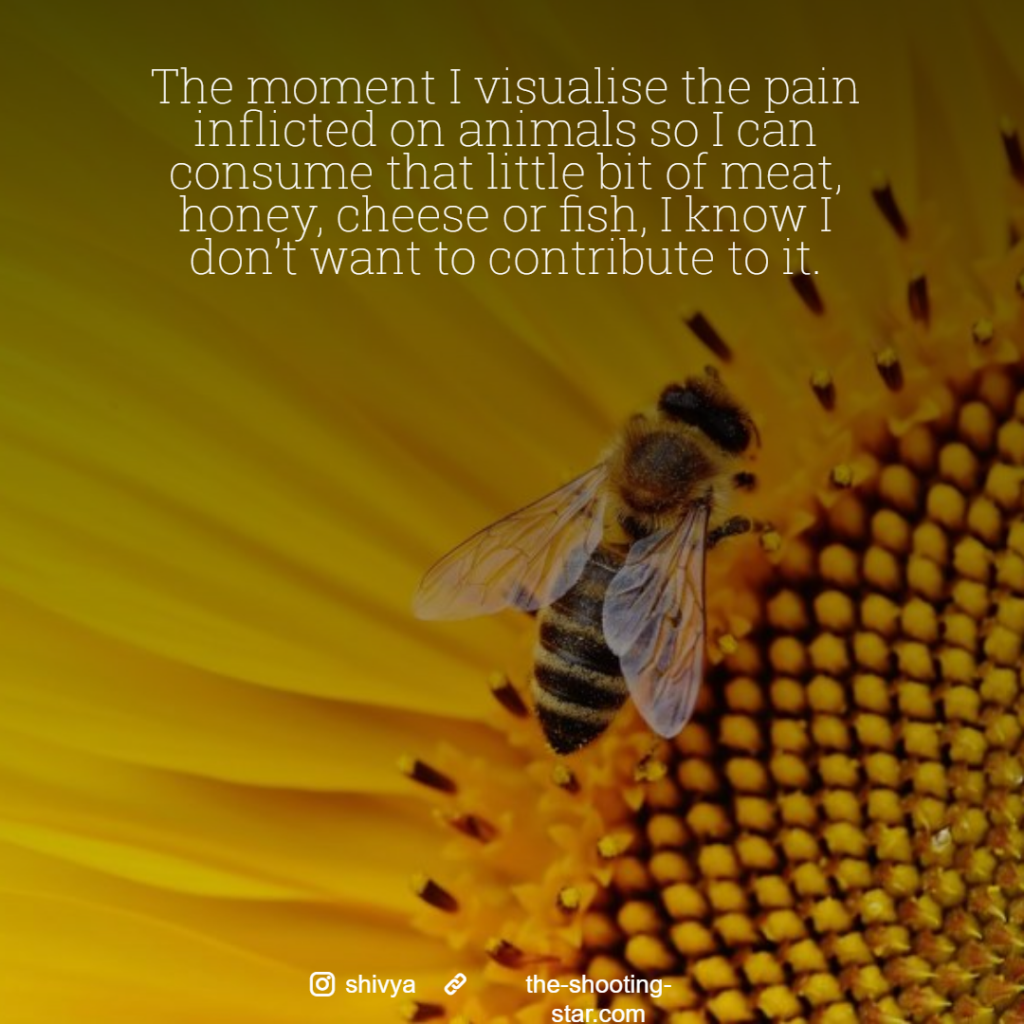
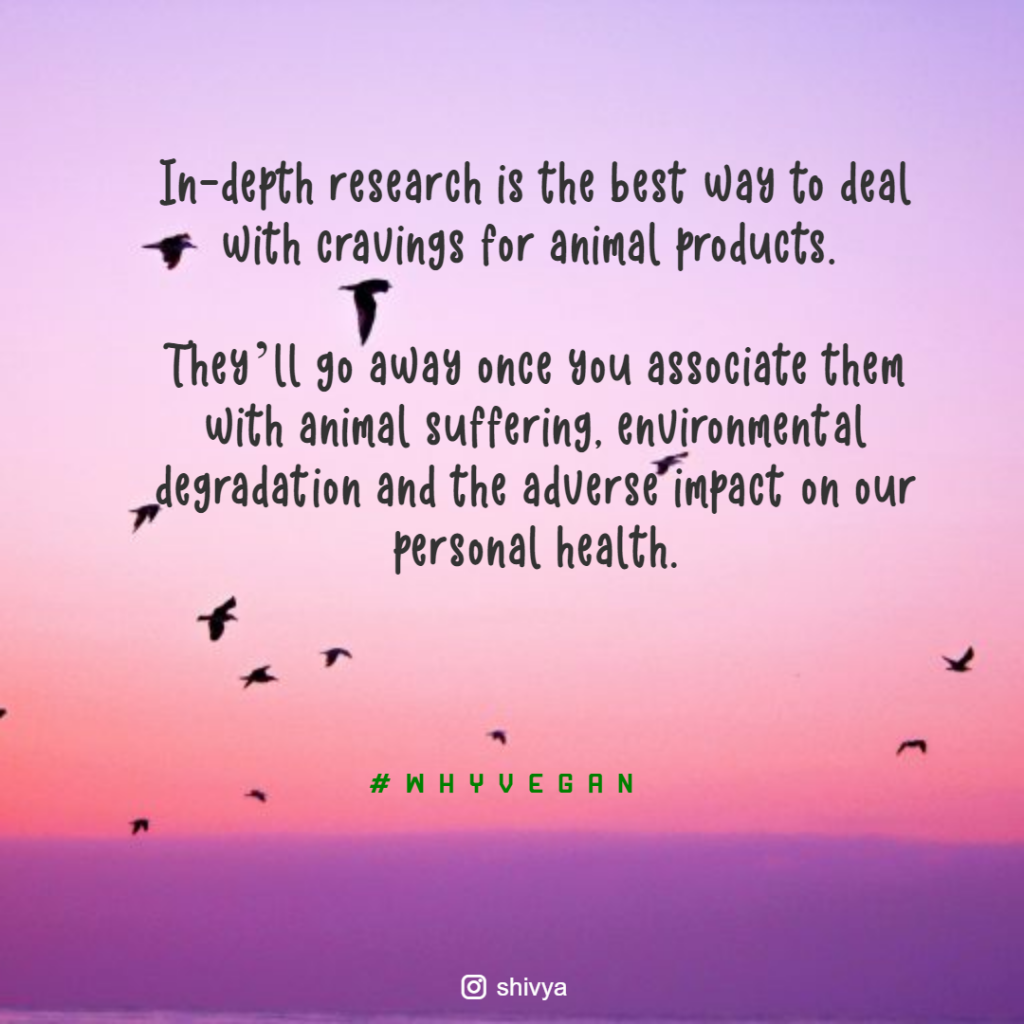
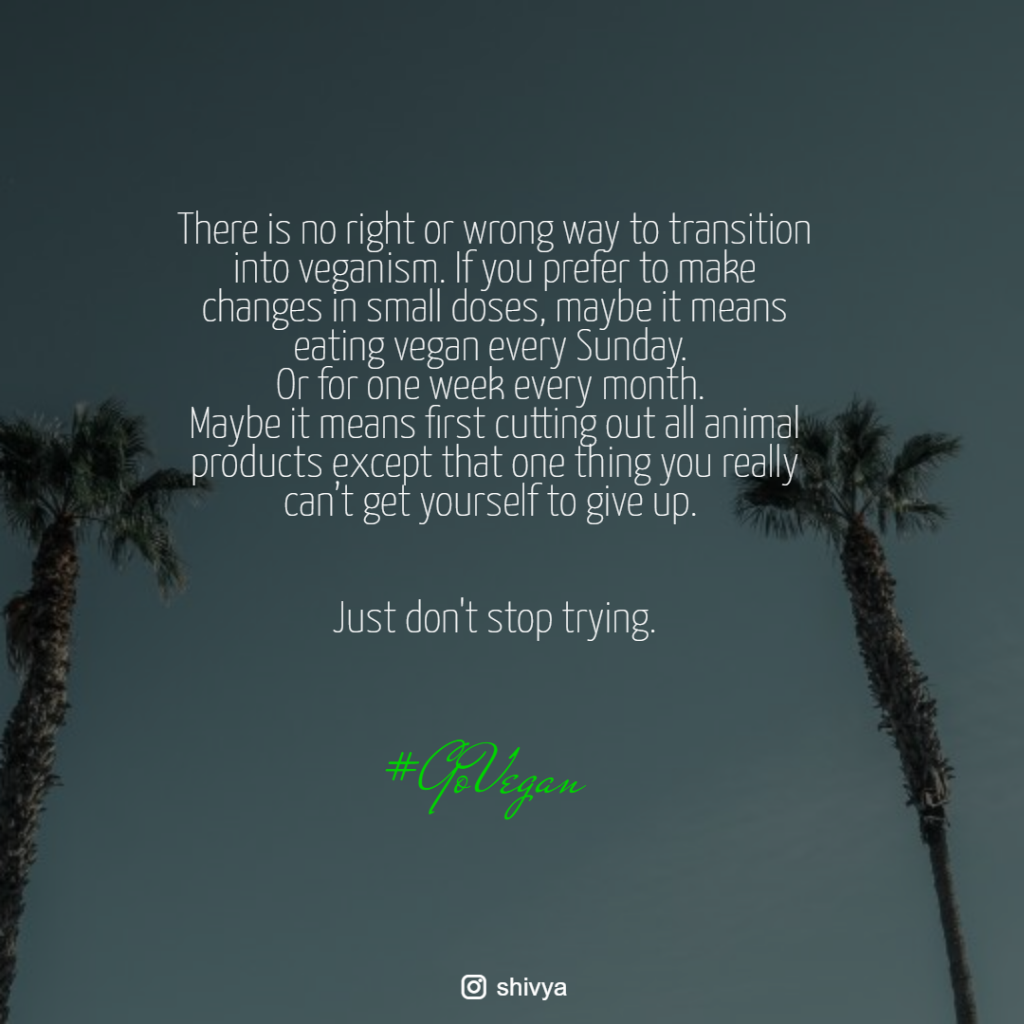
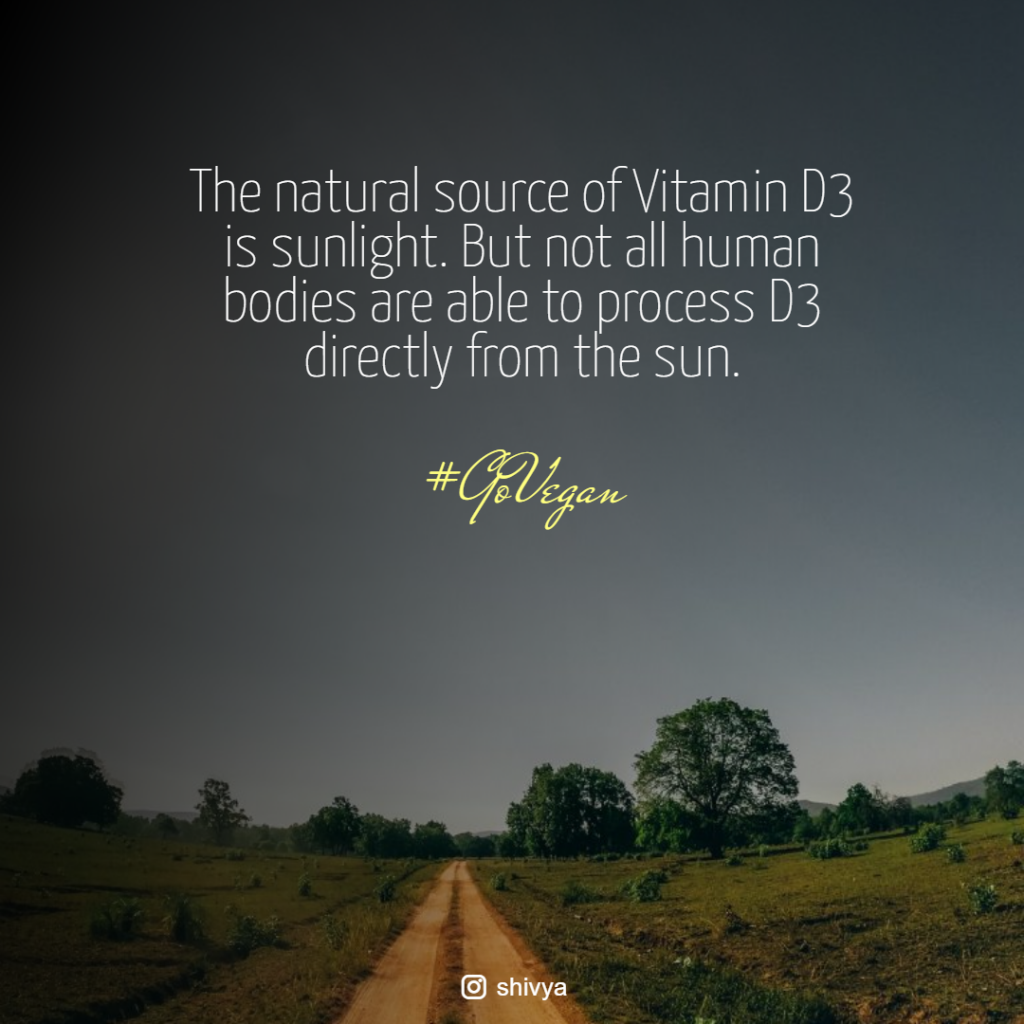
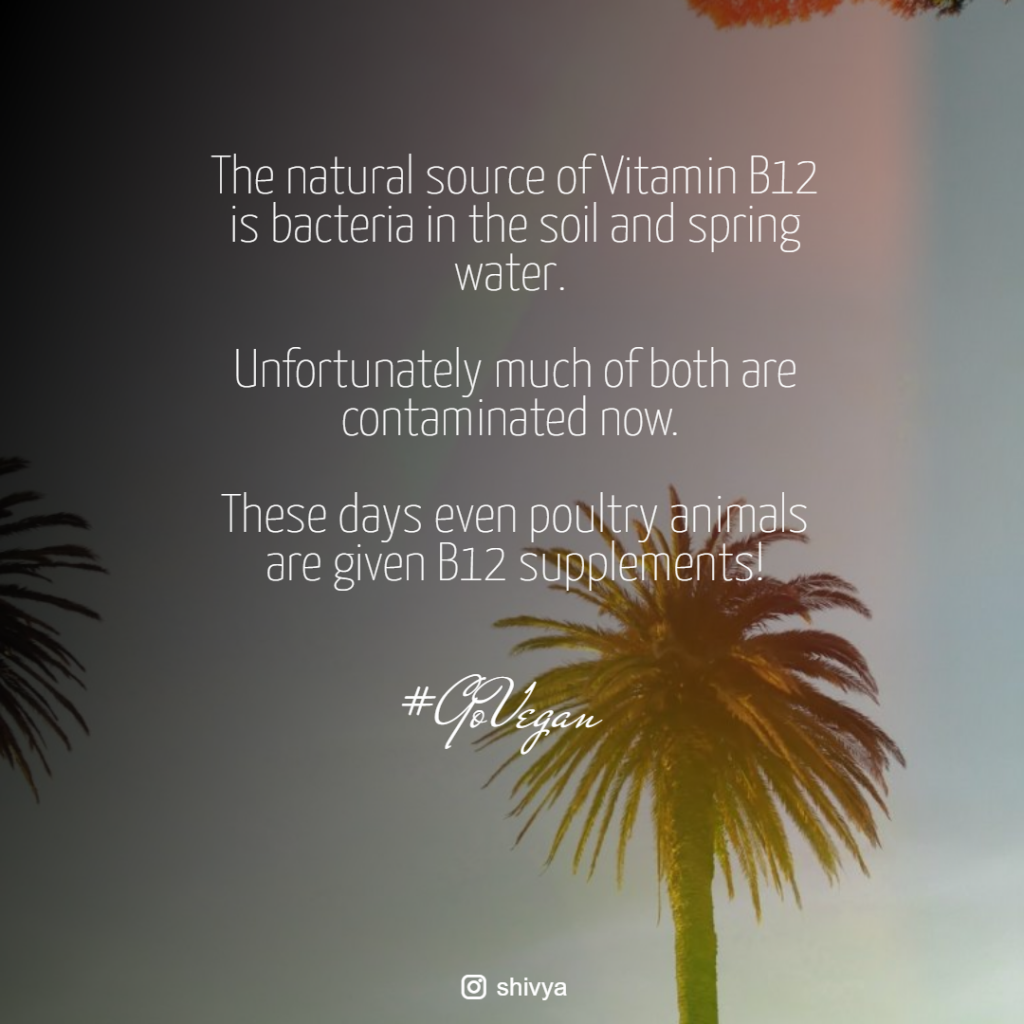
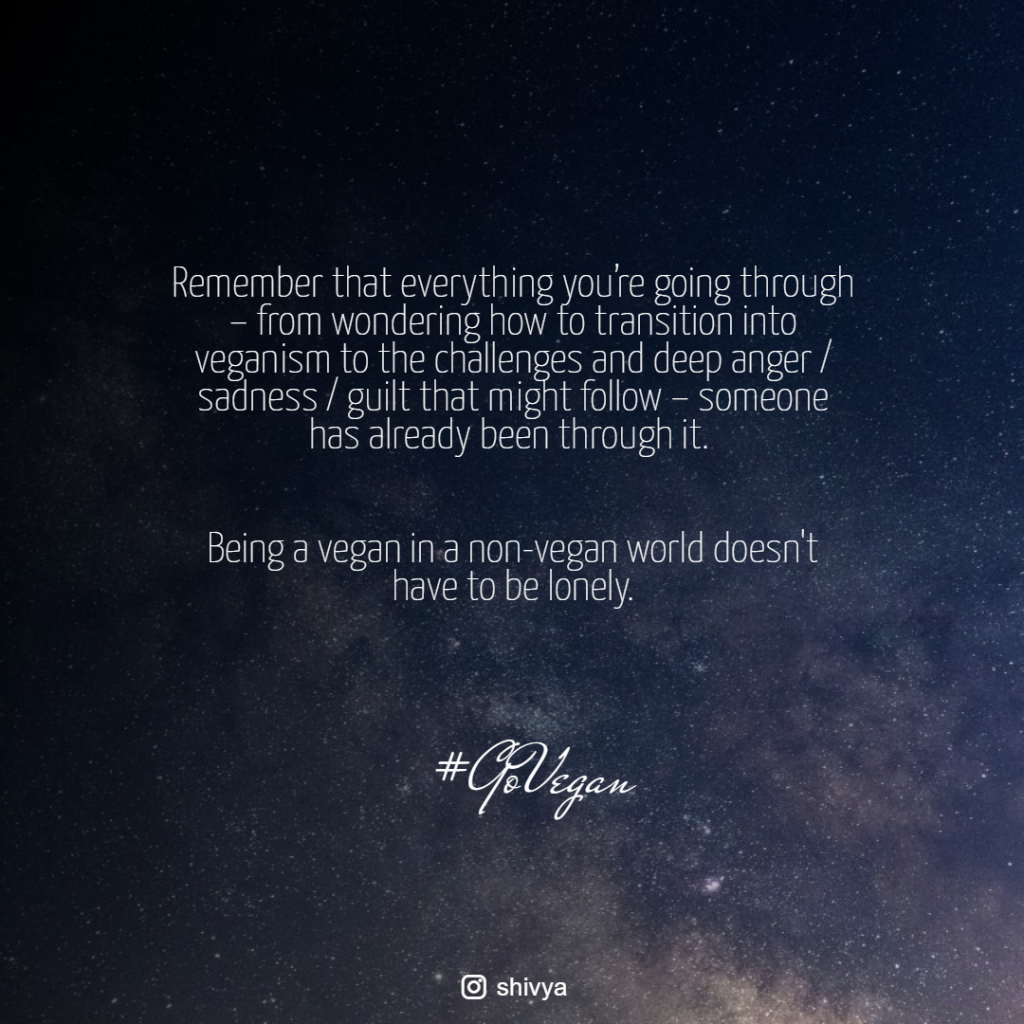
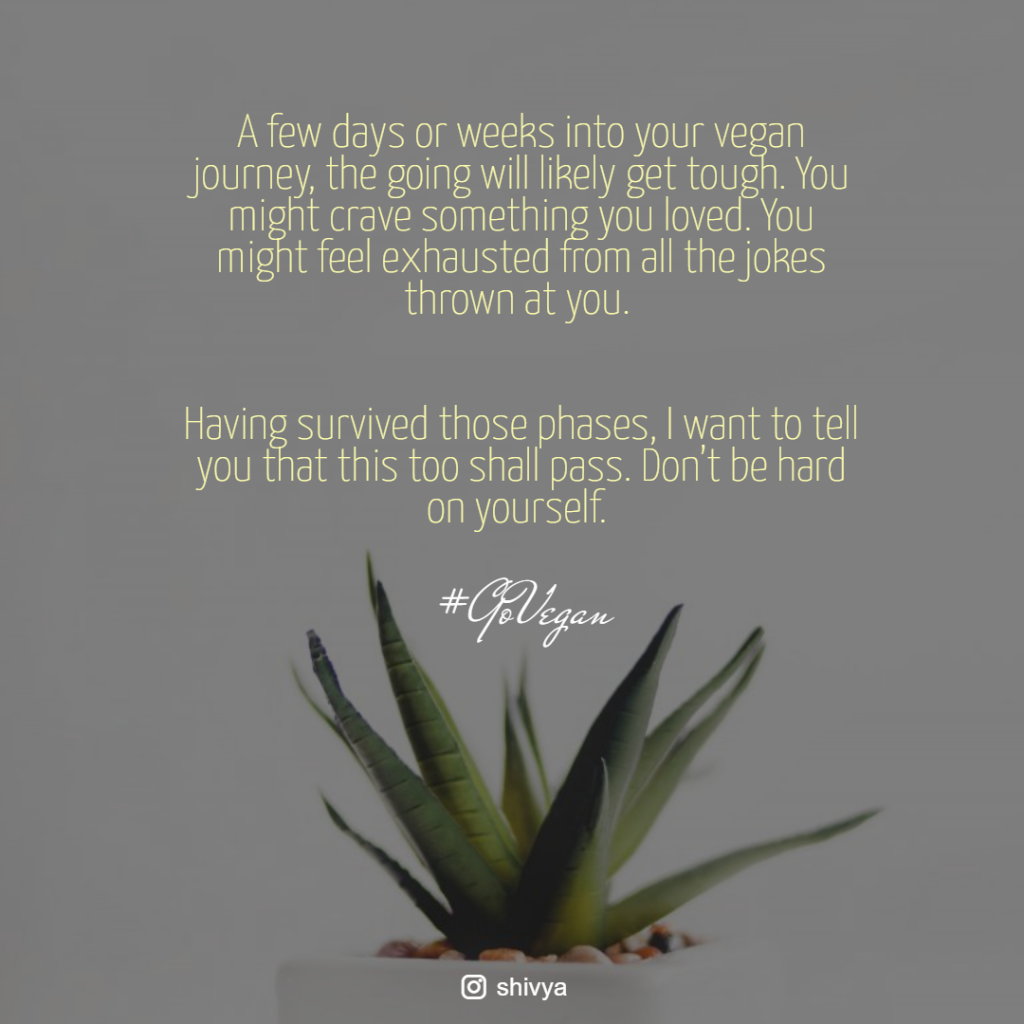

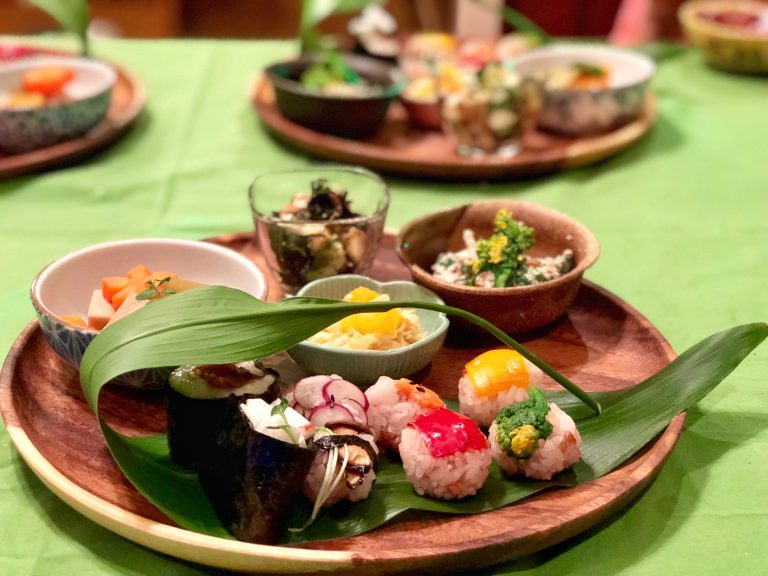
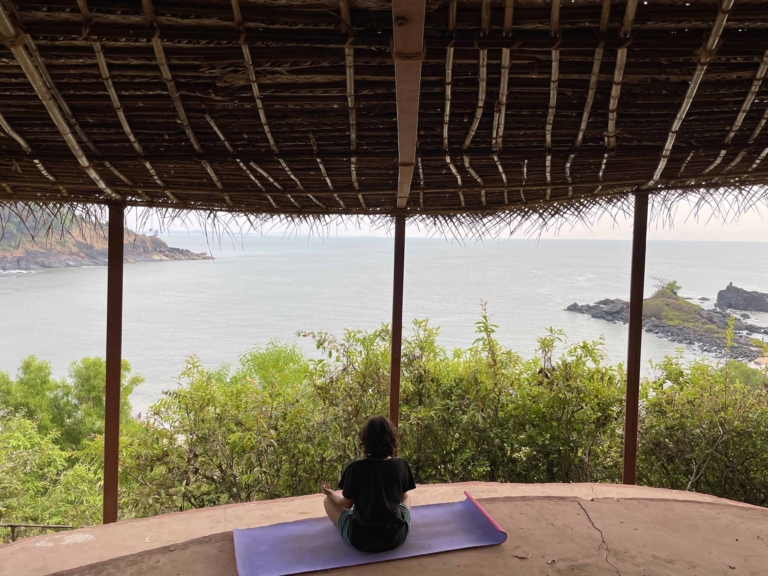

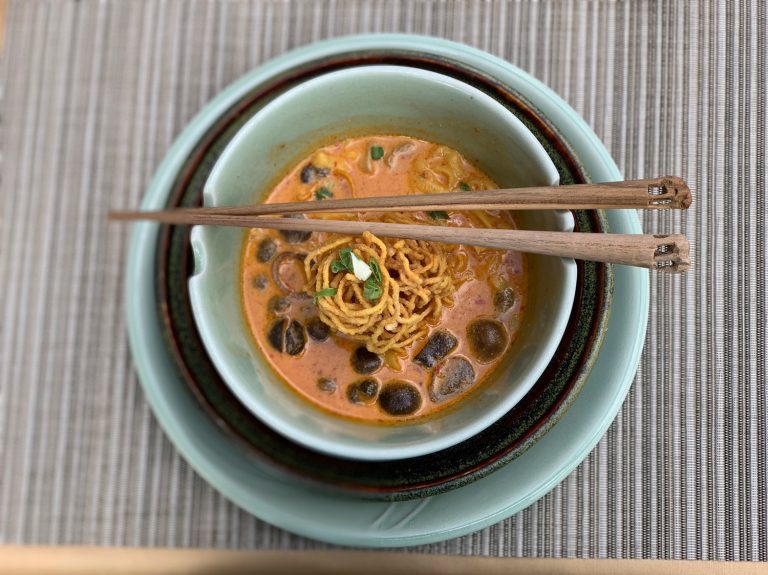
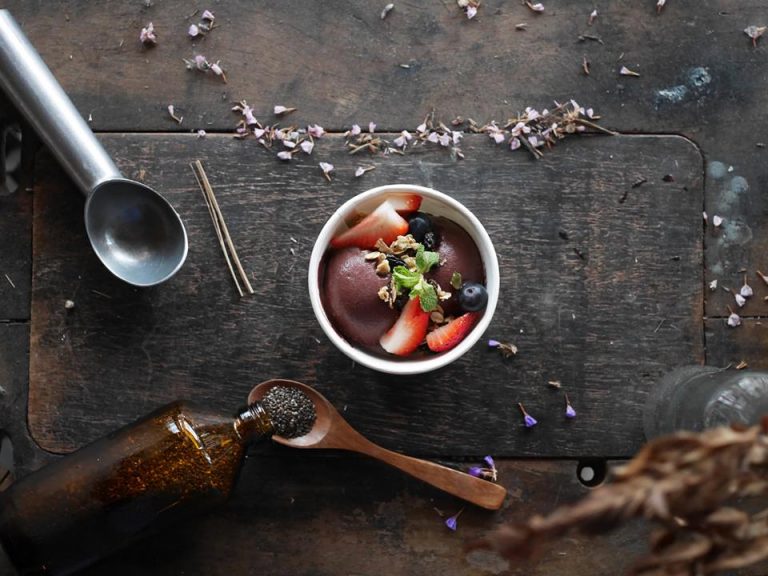
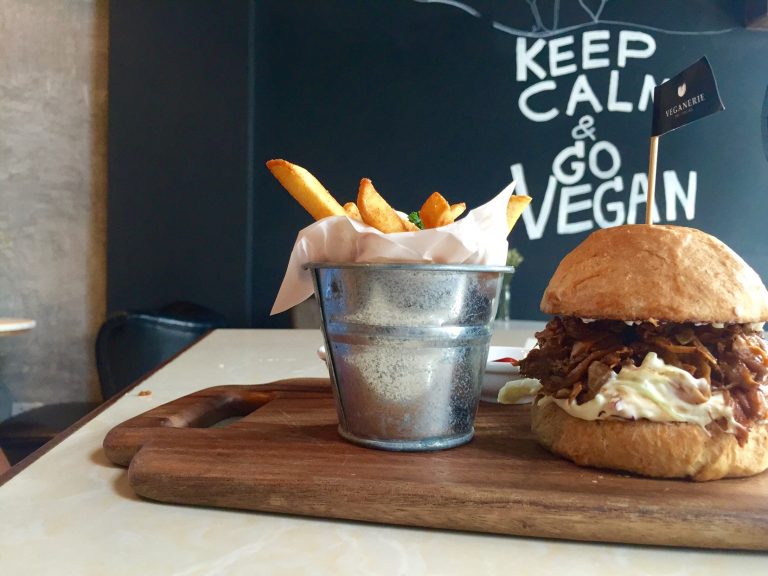
Most people find the ides of turning into a vgean or vegetarian difficult. They find it hard to imagine how they can survive without meat. Well, it is much easier to survive with vegan or vegetarian options even when you travel. It is largely about how strong your intent is.
The intent definitely makes a big difference! I’m amazed to meet people who turned vegan over 20 years ago when most people hadn’t even heard of the word. It’s certainly easier now than ever, with a lot more awareness.
Yet another amazing post, Shivya! I can’t explain how disappointed I am that I found your blog only such a short time ago! Will definitely be sharing this one.
Aww Nina; better late than never I guess? So glad you’re enjoying my posts. Good to be connected 🙂
I am not Vegan yet, but vegetarian by heart since over 15 years, and I am so much happier with my cooking and preparing meals, it ‘s so much creative since ever. I get a lot of comments of people who are trying to defend themselves why they still eat animal meat. Why do they defend themselves, it’s eventually a choice of living in awareness, what ever their decision is, it doesn’t affect me anymore and the more it doesn’t affect me, the more friends are turning a to more meatless nutrition. Isn’t that interesting? Thank you Shivya for your always ever interesting post. Wishing you happy travels in your life. As I always say ” Minds together” from Cornelia
That is interesting indeed. But I’ve come to realise that when someone tries to defend what they consume, they’re already actively thinking about it. Which is a good sign 😉
You know Shivya, that is true, I have experienced that too.
Hey Shivya,
Kudos to you on transitioning to a vegan. It isn’t easy much less when you have friends and family who are meat eaters because it is difficult for them to understand how one can give up on meat.
Apart from the points that you mentioned on animal cruelty, cattle is also one of the biggest green house contributors globally and leading to increasing global warming. I am sure there will be inspired by the path you have taken.
Love reading your blogs and your journey 🙂
Now just the methane emitted from cows but also ALL that land cleared of forests to create pastures / grow soy to feed cattle – it’s mindboggling. Especially when you hear wildlife conservationists talk about it over a meal dominated by meat. Sigh.
I’m happy that you made your transition. I have been a vegetarian for the past 10 years. I don’t eat milk products regularly, but clarified butter and curd is something I often consume. Back in India, I used to always bring it from a local milkman. Because they have only kept 4-5 cows and purchasing from them was sustainable for both of us. Sadly, after we move to Germany, we cannot get it here. So I have stopped consuming it until I find such a source. Sameer and I love having plant based meals cooked in traditional Indian style. Our friends mock us all the time about our transition. Always ask us, how can you not eat non-veg on a Sunday and survive? They even stopped inviting us to their parties. We are happy that we did it. It’s very fulfilling and full of energetic changimg our diet.
These are great tips. I am a vegetarian at home, but I eat meat sometimes when I travel or dine out. I find it easier and easier to be vegetarian outside of home now since I made the change with my own cooking.
Cool, I became vegan originally for health reasons, the started to research it more and to my horror discovered the truth about how animal’s are treated, I was physically sick to think I had been a part of their suffering broken hearted and feeling ashamed, I’m glad to say I’m not a part of it anymore. 🙏☯️☮🙏
Great post sweetie, wish we were both as strong as you are! We do try to eat twice a week vegan and we do not buy any cosmetics tested on animals or leather products. But we love our cheese, so we are not sure if we can be vegans one day.
What an inspiring post! This is one reason this blog has stayed on my bookmark list when I’ve let so many others go. Please! Please! keep on putting out posts like this! I’ve struggled with going vegetarian for so long, now I’m ready to go full steam ahead!
what an very wonderful post Please! keep on putting out posts like this! I’ve struggled with going vegetarian for so long, now I’m ready to go full steam ahead!
I decided to become vegan some years back when I saw a network news report right before Thanksgiving. They were reporting about plenty of turkeys to buy at the supermarket. It hit me hard because they were showing thousands of turkeys all cooped up with no where to run. I realized those turkeys were going to die just so someone could have it as their main dish on Thanksgiving. It’s so sad.